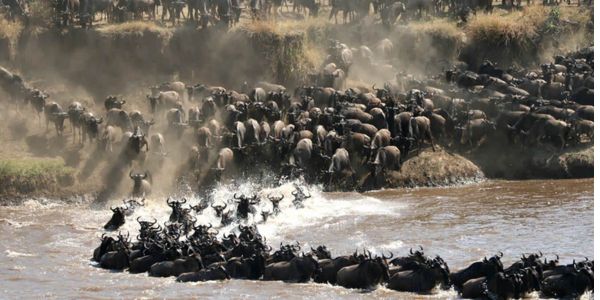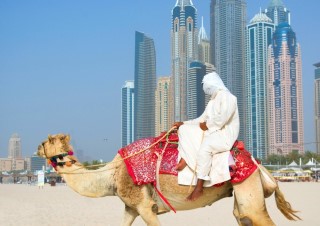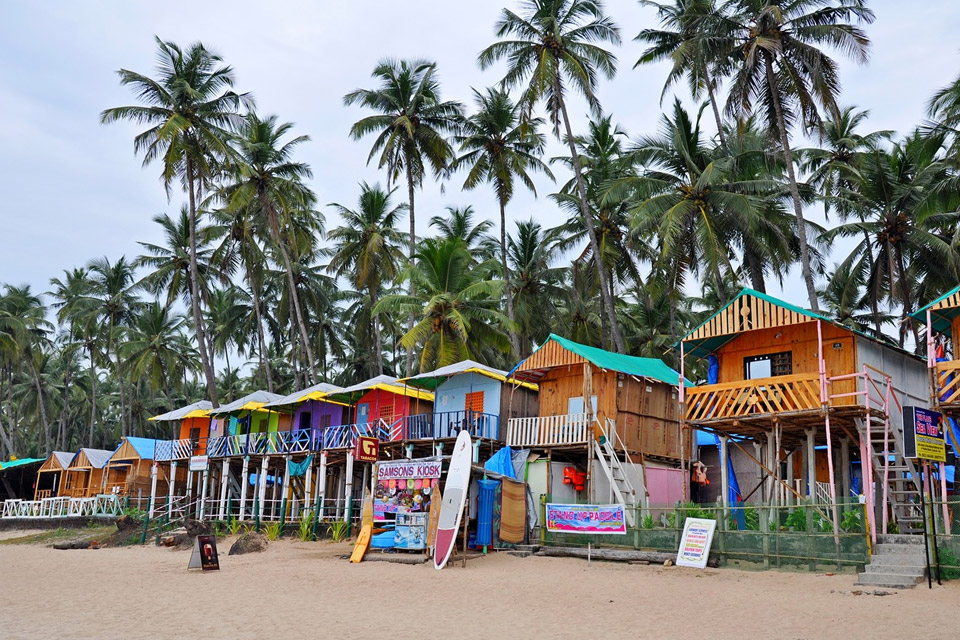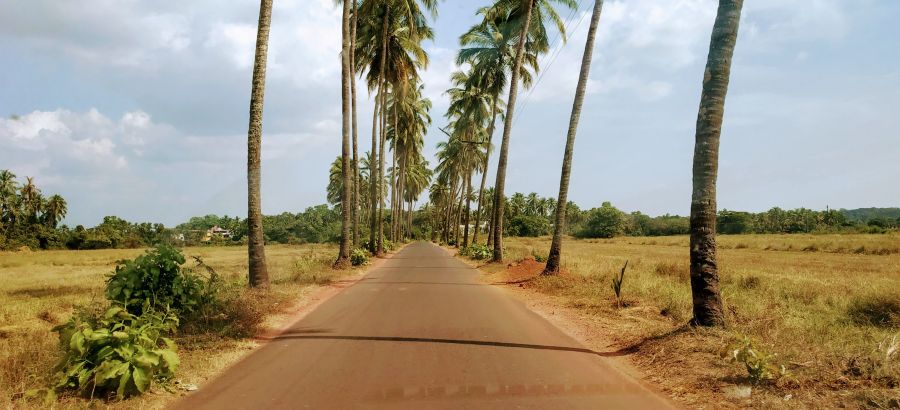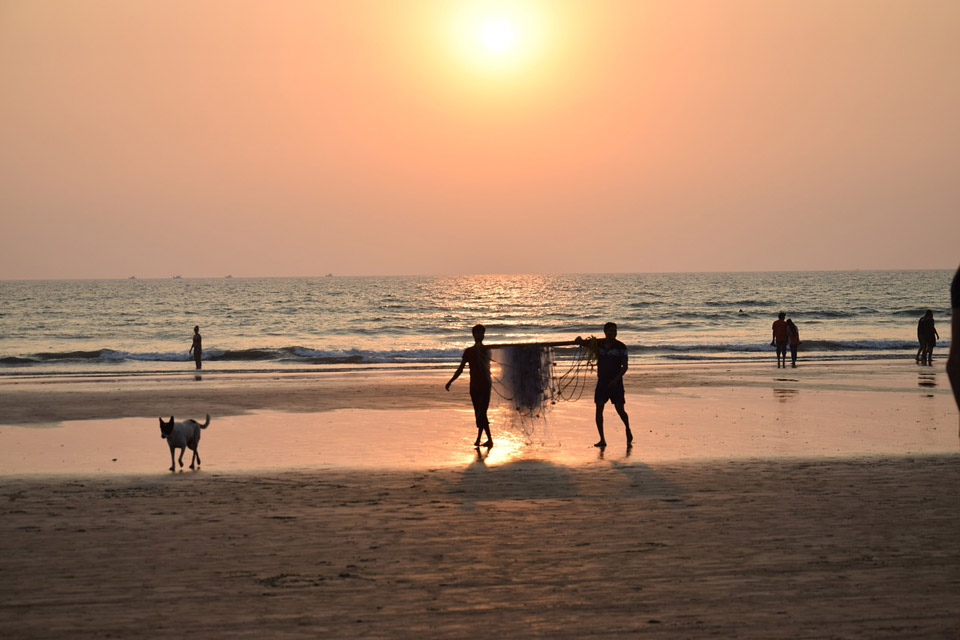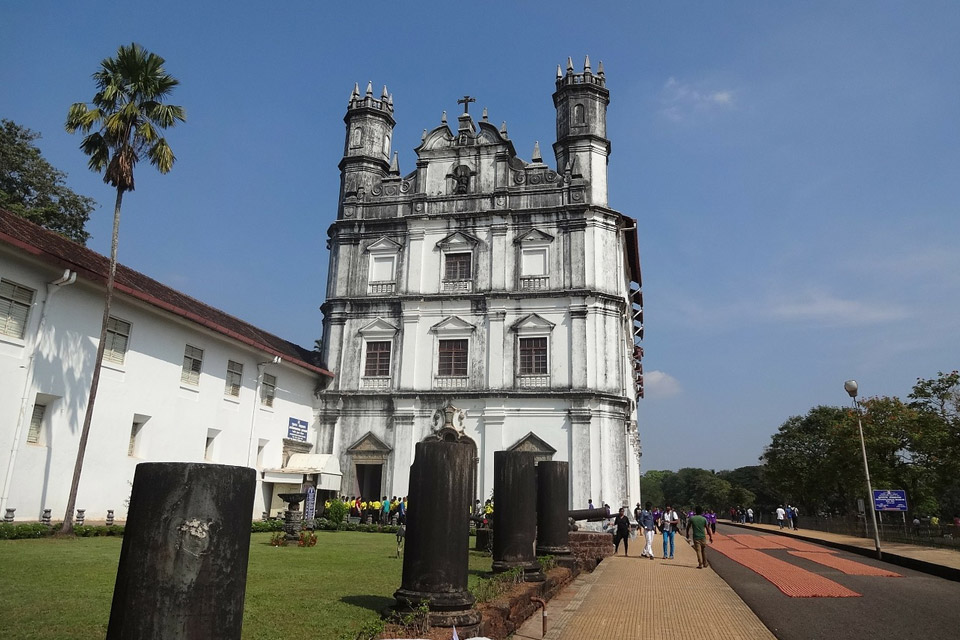Imagine standing on the edge of the Serengeti plains as a sea of wildebeest stretches to the horizon, the air alive with dust, adrenaline, and the calls of migrating herds. Welcome to the Great Migration, Africa’s most iconic wildlife event and a once-in-a-lifetime safari experience.
From Tanzania’s southern plains to Kenya’s Masai Mara, over a million wildebeest, zebras, and gazelles embark on a dramatic journey in search of greener pastures. It's not just a migration, it's nature’s greatest show!
Let's try and understand this natural wonder's pattern!
This phenomenon is a circular, year‑round movement involving approximately 1.5 million wildebeest, accompanied by hundreds of thousands of zebras and gazelles, driven by the pursuit of fresh grass and water following seasonal rainfall.
December to March
From December to March, the migration begins in the Southern Serengeti, especially near Ndutu and the Ngorongoro Conservation Area. Here, half a million calves are born on lush, short‑grass plains, a strategy that overwhelms predators and ensures high newborn survival.
April to May
As the southern plains dry up in April to May, herds advance into the Western Corridor, traversing areas such as the Moru Kopjes and eventually encountering the Grumeti River around June. Crossing this crocodile‑infested river is perilous, yet it marks a crucial northward progression.
July to October
Between July and October, the herds reach the Northern Serengeti and spill into Kenya’s Masai Mara, facing dramatically risky crossings over the Mara River, where many drown or fall prey to crocodiles and big cats.
November
With the onset of the short rains in November, the migration loops back south, returning to the southern plains by December, fully completing the cycle.
...................................................................................................................................................................................
Throughout this journey, the herds are watched over by predators like lions, hyenas, and crocodiles, as well as scavengers that depend on the steady supply of carcasses for their food... a delicate balance of nature, reminding us how interconnected all living things are.
This almost predictable, rainfall‑driven movement supports an intricate ecosystem spanning both Tanzania and Kenya and underpins one of Africa’s most compelling natural spectacles.
If you are planning a safari holiday around this awe-inspiring trek and one of the planet's most iconic wildlife displays, understanding the timing and route of this migration is vital, as its rhythm directly reflects the delicate balance between climate, grass, and life on the Serengeti plains.
